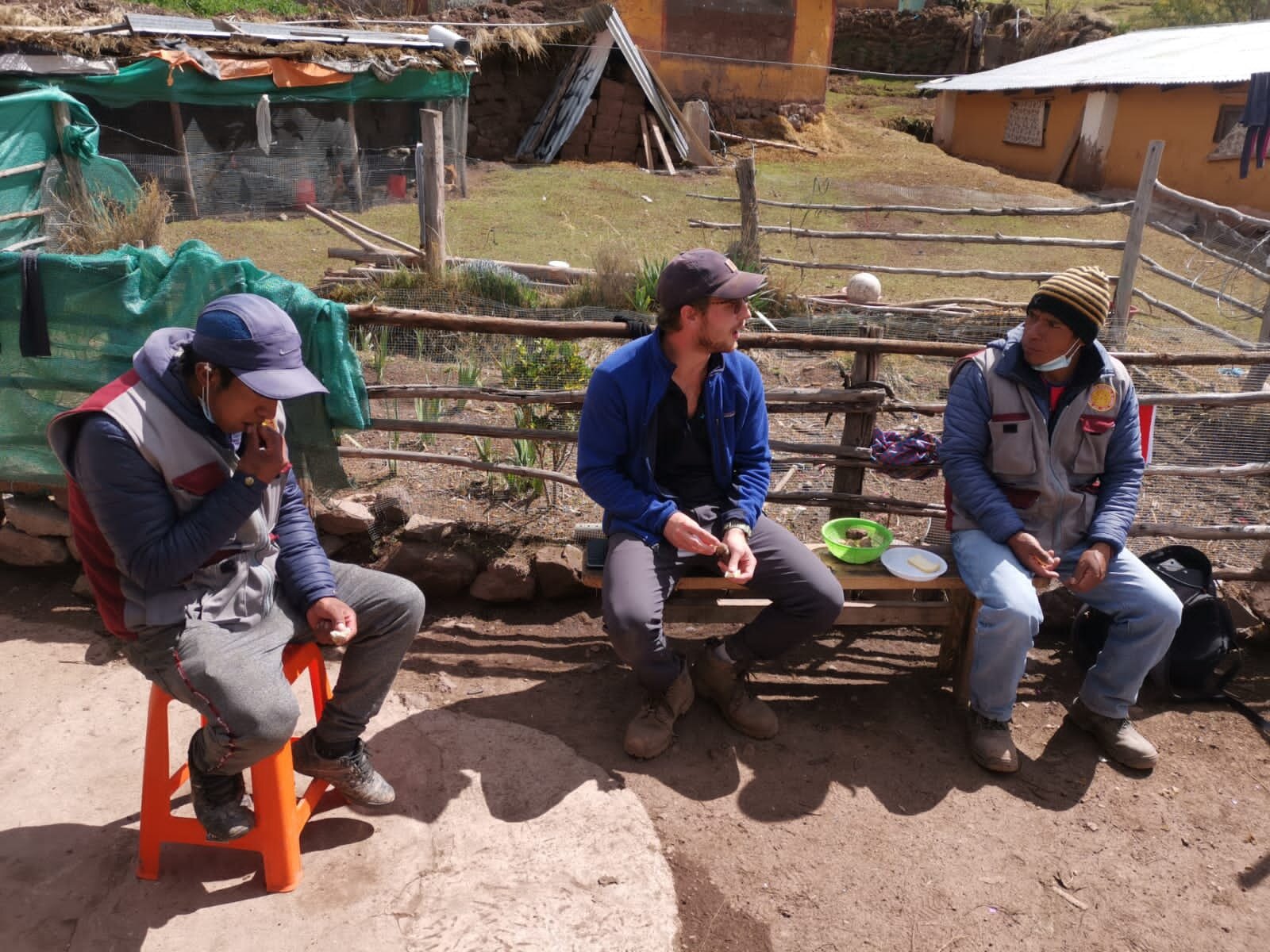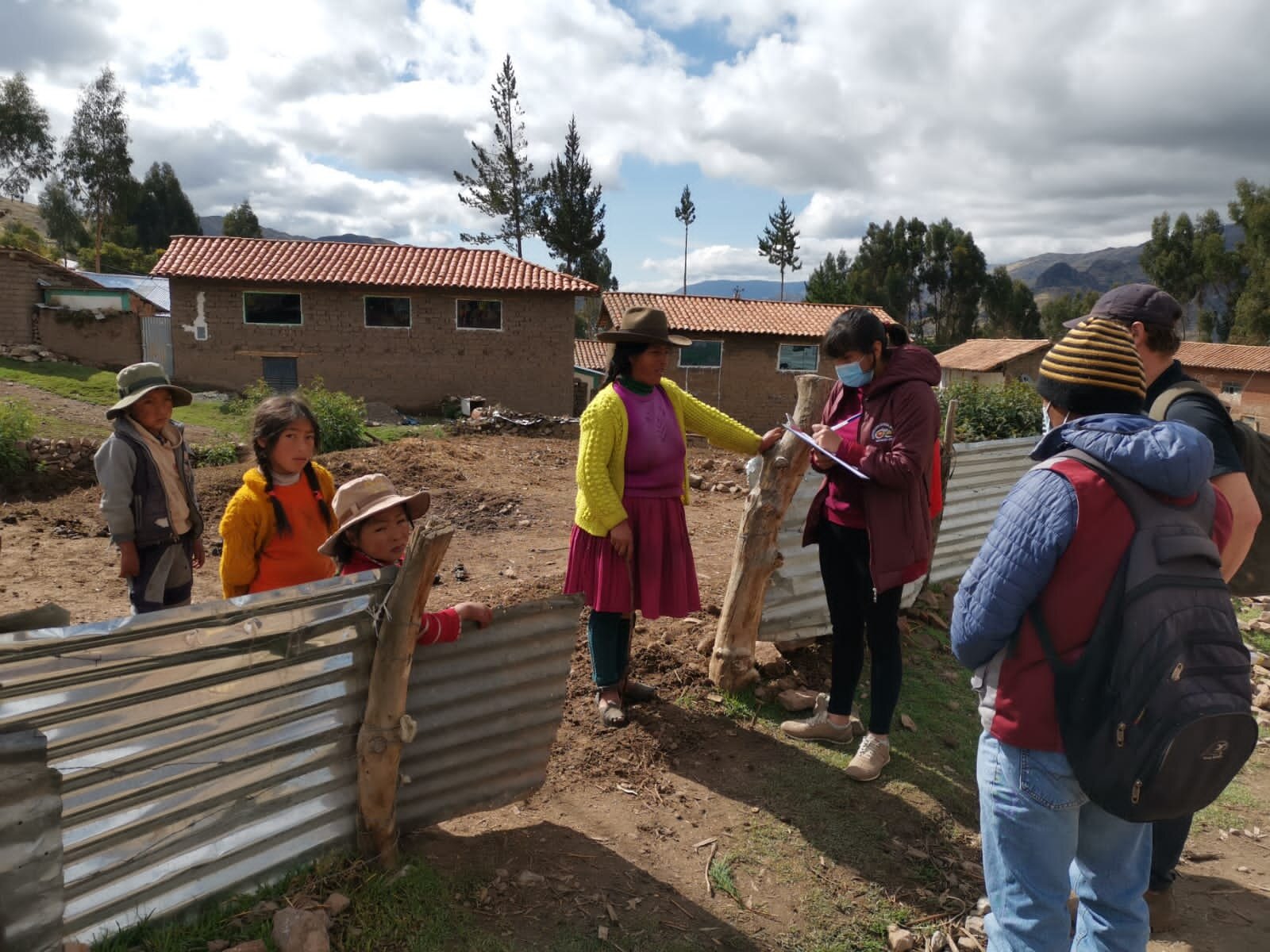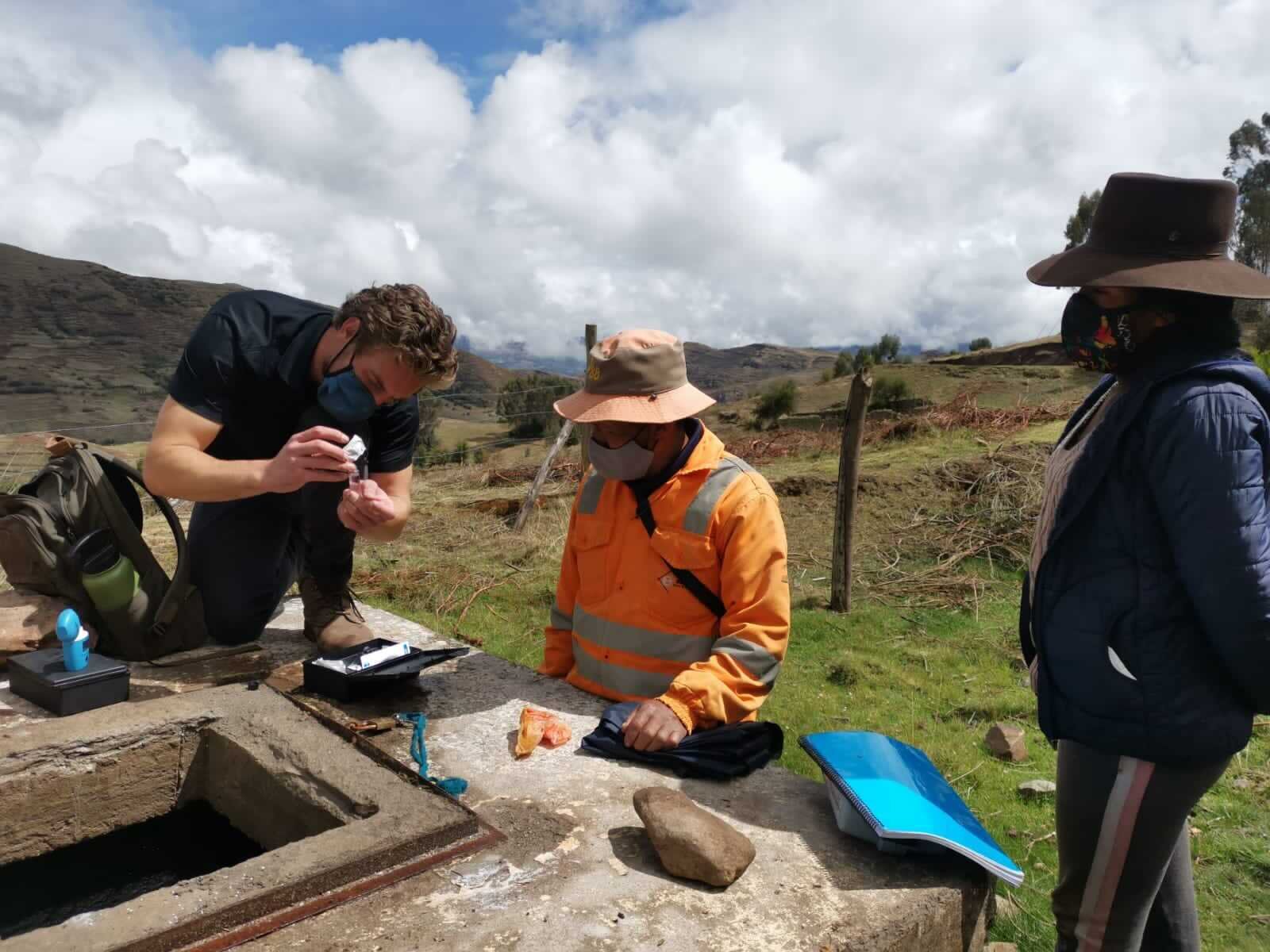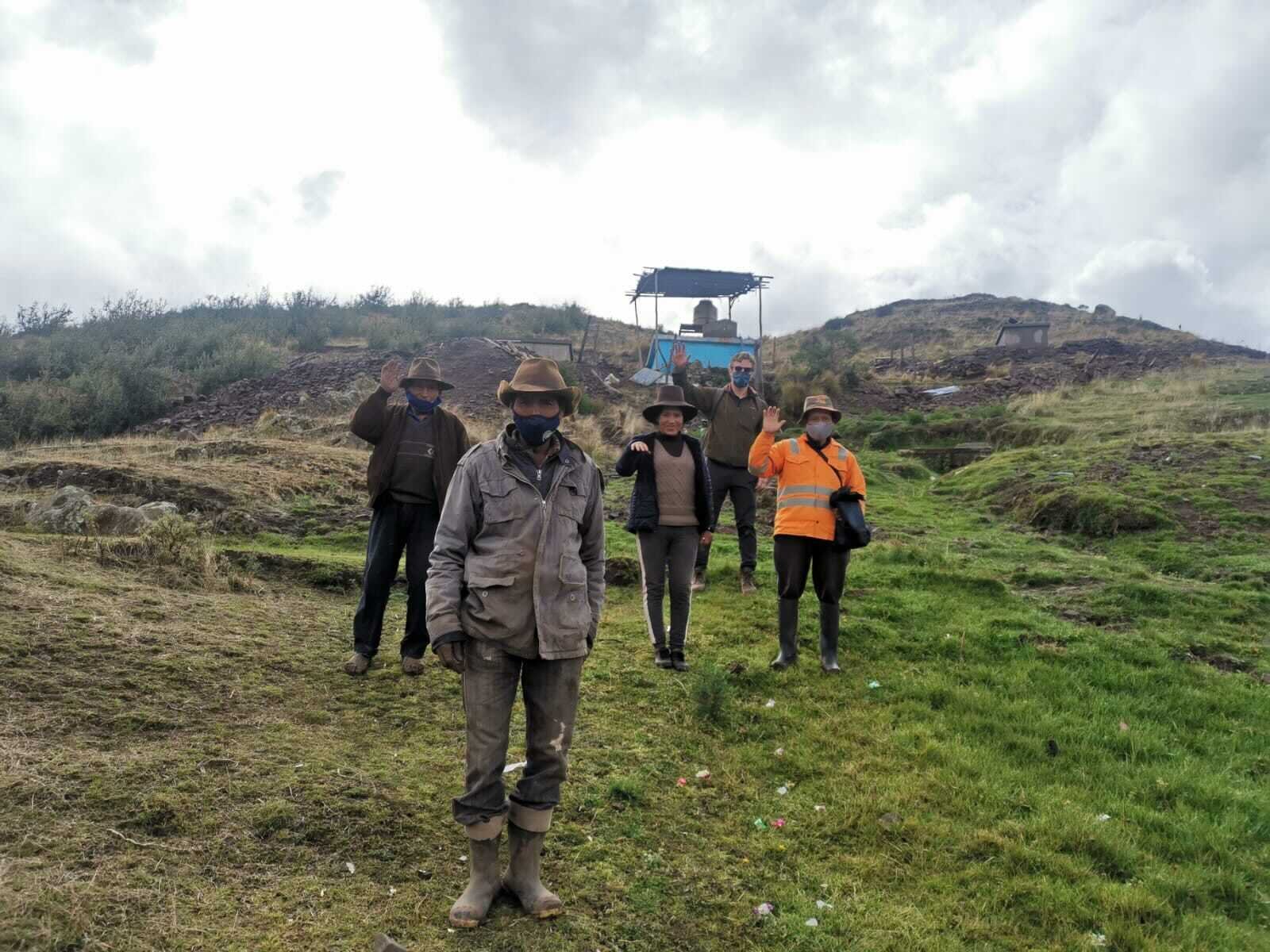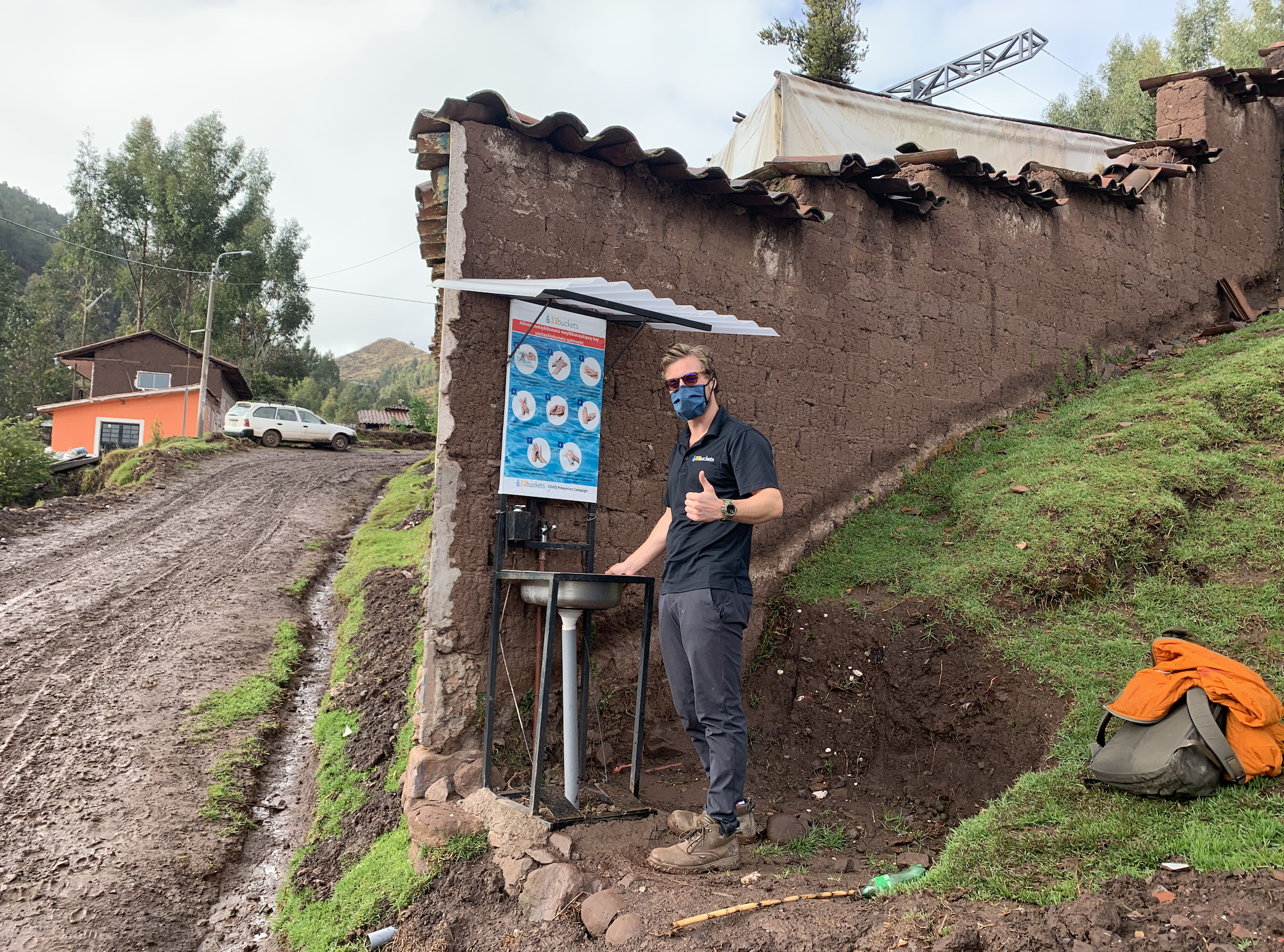Executive Summary - December 2020 | 33 Buckets
33 Buckets’ Executive Director, Daniel Hoop, summarizes the outcomes of our amazing Fall 2020 initiatives, fundraisers, and assessment trip in Peru for the upcoming year. Between the successes of the Art-for-Agua Auction, our Giving Tuesday fundraising, and new community assessments, we anticipate a busy year in 2021.
On June 1st, I booked a flexible, non-stop flight from Los Angeles to Lima in hopes of making a trip to Cusco in the Fall of 2020. After multiple flight cancellations and a last-minute, rapid COVID-19 test, I boarded the plane to embark on an 8-hour journey to Peru. On the afternoon of November 19th, I finally arrived in Cusco, 33 Buckets’ ‘home-base’ for our clean water initiatives in Peru.
In the past month, we also hosted our first ever virtual Art-for-Agua Auction in conjunction with our Giving Tuesday campaign. We had an unprecedented amount of new, and previous supporters, who gave anywhere from $5 to $1,000 in support of our clean water initiatives. This Executive Summary will serve to update our community of supporters with the progress we’ve made in the past three weeks, here in Cusco.
New Partner Communities
Ccorca District of the Cusco Province
9 communities, 915 families, approximately 3,500 people
Over the summer, 33 Buckets facilitated WASH (Water, Sanitation, and Hygiene) Initiatives for 1,137 families across 9 communities. Through this initiative and our local partner, Sustainable Development Studies in Peru, we connected with Mayor Wilbur Lucio Huamán of the Ccorca District. He explained that the 9 rural communities in the district currently face significant challenges in using chlorine disinfection to produce clean, safe water. Through direct conversations with Mayor Lucio and community leaders, we decided we would move forward with projects in the two largest communities: Cusibamba and Totora.
In the past three weeks, we have worked with municipal and community leaders to ensure a thorough understanding of current approaches and possible solutions to the problem of inconsistent water treatment. In both communities, we conducted a water quality assessment, testing for residual chlorine levels, nitrate/nitrite, ammonia, arsenic, pH, temperature, salinity, conductivity, total dissolved solids (TDS), and coliform bacteria. We hosted a discussion with the municipalities’ technical support team and leaders from the JASS (Junto Administradora de Servicios y Saneamiento) to understand how chlorine disinfection is currently used, from beginning to end. I personally hiked to all 5 reservoirs across the two communities to measure storage volume and assess the physical condition of existing infrastructure. In collaboration with the municipality, we conducted over 40 household interviews, in Quechua, to understand perceptions and habits surrounding clean water and sanitation practices.
Our assessment confirmed that there are significant issues in maintaining appropriate residual chlorine levels to produce clean water. Water quality tests and interviews suggested that residual levels are excessive immediately after dosing and insufficient after one week.
In the next week, we will be installing, and training, a new chlorination system to more consistently produce safe, potable water while decreasing the required labor for volunteer water managers. We will also be providing testing devices and training to regularly monitor water quality within the community. The end result will be consistent, long-term access to clean water for the entire community.
Following Up
Occopata & Mayrasco, District of Santiago
2 communities, 300 families, approximately 1,200 people
Two and a half years ago, the 33 Buckets team formed a partnership with the communities of Occopata and Mayrasco in the Santiago District of Cusco. Previously, 33 Buckets’ clean water solutions in Peru had been focused on WASH education and a school-based filtration model. Our team entered these two partnerships with the goal of creating a solution to create community-wide access to clean water. Through water quality testing and interviews with water managers and the local health post, we determined that the current approach to chlorine disinfection was insufficient for treating the bacterial pathogens found in both communities’ water supply. School leaders explained that it was often very difficult to collect and distribute enough medicine to address the stomach problems experienced by the students.
In response, we designed and implemented a tablet-based disinfection system with more autonomy and consistency than the previous system. The system was designed with parts available locally in Cusco. We worked with JASS (community water management team) to transfer the skills and knowledge necessary to operate the system effectively for the long-term.
Last week, I travelled to Occopata and Mayrasco to meet with the community’s JASS leaders and assess the impact of our system. The results were inspiring. Both JASS groups are effectively using the treatment system to produce clean water for their community. Moreover, each system is in great physical condition, showing minimal wear. Community leaders and health representatives reported that stomach issues in children are no longer a significant problem throughout the population. Water quality tests, taken by the district’s municipality, showed that every single result was within the desired range for residual chlorine, even at the furthest house in the community. Local water managers displayed a capacity for residual chlorine testing, obtaining nearly identical results to my digital meter readings. Lastly, JASS members effectively explained, not only that they liked the new system better, but why it functions better than the previous one.
As 33 Buckets continues to expand our community-wide treatment model in the Ccorca District, our pilot projects in Occopata and Mayrasco serve as a foundation for effectiveness and credibility in creating long-term access to clean water and improving public health.


